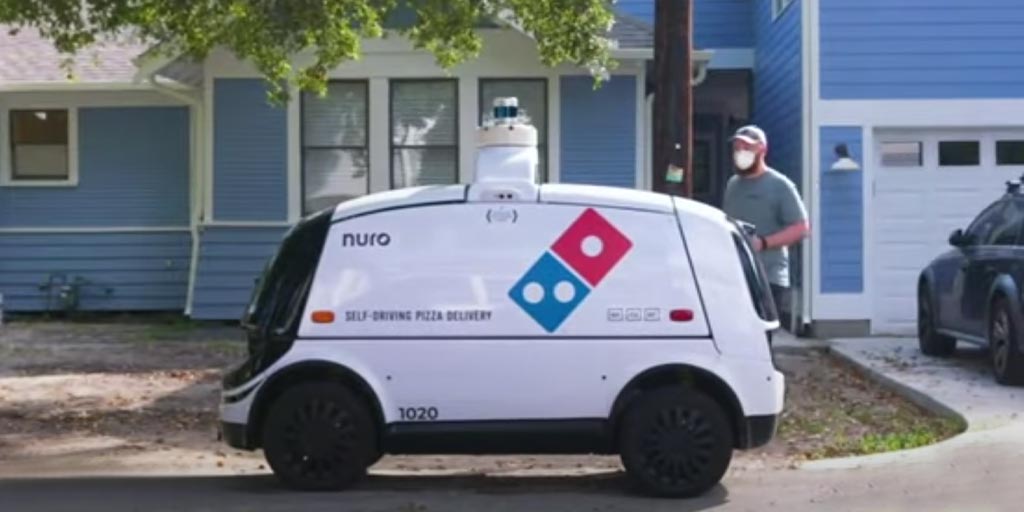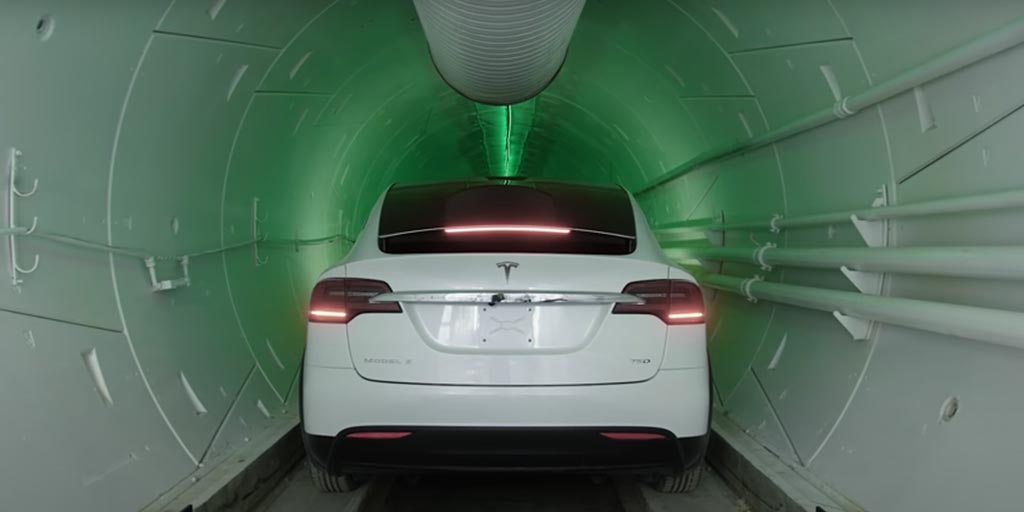What happens in Vegas… has moved underground. It’s pretty incredible what’s going on down there. The Boring Company, one of many Elon Musk ventures, officially opened its first operational tunnel under the Las Vegas Convention Center. Below the Earth’s surface, Teslas are now transporting visitors from one end of the expansive complex to the other. It immediately cut a 45-minute walk to a 2-minute underground ride. Like most things in Vegas, it’s billed as an experience. The underground lighting is apparently pretty cool and very glitzy. There’s little boring about Boring.
Each tunnel is less than a mile long. It cost less than $50 Million to create. The project could eventually expand along the Vegas Strip, to Allegiant Stadium (where the Oakland Raiders now call home) and McCarran International Airport. I refuse to call the Raiders anything other than Oakland.
This new-age transit line is essentially a fleet of driverless Teslas in tunnels at this point. They’re mobile robots. At maximum capacity, The Boring Company plans to run over 60 cars seating up to 5 people each. That would move roughly 4,400 people every hour. Wouldn’t Walt Disney be impressed?
The Boring Company started from Elon Musk’s creative vision of revolutionizing transportation. He apparently got fed up with the gridlock in Los Angeles. In 2016 he tweeted he was “going to build a tunnel boring machine and just start digging.” Ideas to action; That’s how Musk rolls. The idea evolved into the design of an intra-city transit system for passenger vehicles. It could eventually transition to autonomous cars or Hyperloop-based transportation for longer inter-city routes. The Boring Company was initially formed as a subsidiary of SpaceX, before becoming an independent business in 2018. It’s way early days for this innovative solution.
Autonomous cars are driving around above the Earth’s surface too. Las Vegas already has driverless taxis on the strip. Google’s Waymo autonomous vehicles can be found driving themselves in Arizona. Even General Motors has some test run self-driving cars on the streets of San Francisco. Some things to consider when you’re thinking about this mode of transportation: These cars are proving to be very good drivers. They seemingly have endless patience, unlike the average American behind the wheel. Driverless cars always obey the speed limit. The drive is smooth. They signal all of their lane changes, and don’t zip around cars waiting to make right or left turns. The cost for a driverless taxi in Vegas runs less than $40. It’s essentially the same as a Lyft or Uber.
Despite the advances, transporting people via self-driving taxis and autonomous cars is proving much more difficult and expensive above ground. Wider adoption has been delayed. It’s significantly easier to deliver packages and food. As a result, freight and logistics companies are exploring ways to roll out the technology on predictable and simple routes, including on highways.
FedEx has partnered with an autonomous vehicle company to test out robotic vehicles for multi-stop and appointment-based deliveries. The partner is Nuro, a startup founded by a couple of former Google engineers. The deliveries will be made by Nuro’s R2 vehicle, the first fully autonomous, driverless delivery vehicle to be approved for public roads by the Transportation Department. It’s no small step.

Nuro has been on the road, delivering pizzas for Dominos for a couple months now as a pilot program. It also has partnerships with Kroger and CVS. The FedEx deal opens up a new and sizable channel of business, beyond food and groceries.
FedEx has been working internally on its own autonomous vehicle named Roxo. I wrote about it in 2020. Roxo provides same-day delivery. But Roxo only operates on sidewalks. The plan was for FedEx to provide a service for retailers to accept orders from nearby customers and deliver them by bot directly to homes and businesses the same day. Walmart and Target were amongst the early interested parties.

This partnership comes as delivery companies race to reduce the cost of the last-mile for delivery. It’s always been the most expensive segment of the delivery chain. It surged during the pandemic. FedEx will target delivery scenarios where Nuro’s low-speed, unmanned vehicle can provide the biggest bang for the buck. These are generally jobs that people don’t want or cost too much. They’re basically inefficient or potentially dangerous tasks like late-night pickups in challenging or out-of-the-way places. The goal is to enhance and complement existing logistical infrastructure.
FedEx just reported a really strong Qtr. It was another record. Demand for delivery remains unprecedentedly strong. The company’s express and ground shipments have been growing at a fever pitch since the pandemic and there are no signs of slowing. But like most companies, it faces higher costs, particularly in the price of fuel and labor. This was a sell-the-news situation for the stock, as a lot of the growth had been priced in. FedEx has also been distributing vaccines across the country and has now expanded the distribution overseas. Its innovative ways keep forging new paths for delivery.
There’s so much on trial here. Companies keep embracing innovative solutions, which generally pair people with machines. These pilot programs provide for a better understanding of how customers respond to robotic deliveries. They’re watching closely to see how consumers interact with robots and how these automated solutions impact store operations. It’s the Digital Age. Disruption persists at the peril of the status quo. This is all really cool stuff and it’s very investable.
Have a nice weekend. We’ll be back, dark and early on Monday.
Congratulations Max and Alex! You have a life of love and adventures ahead.
Mike







